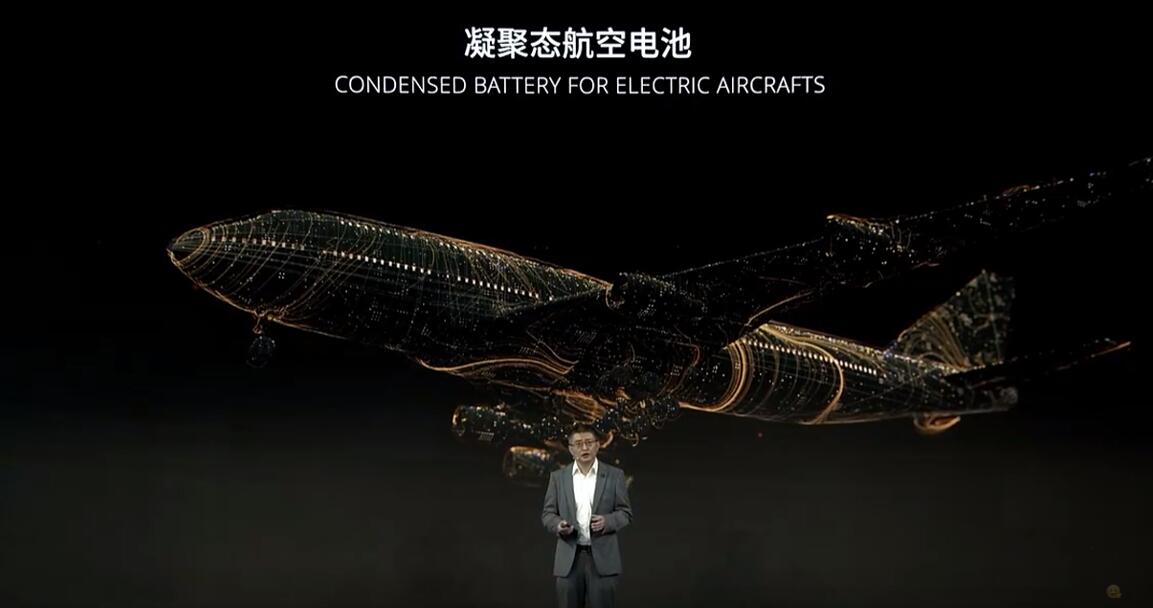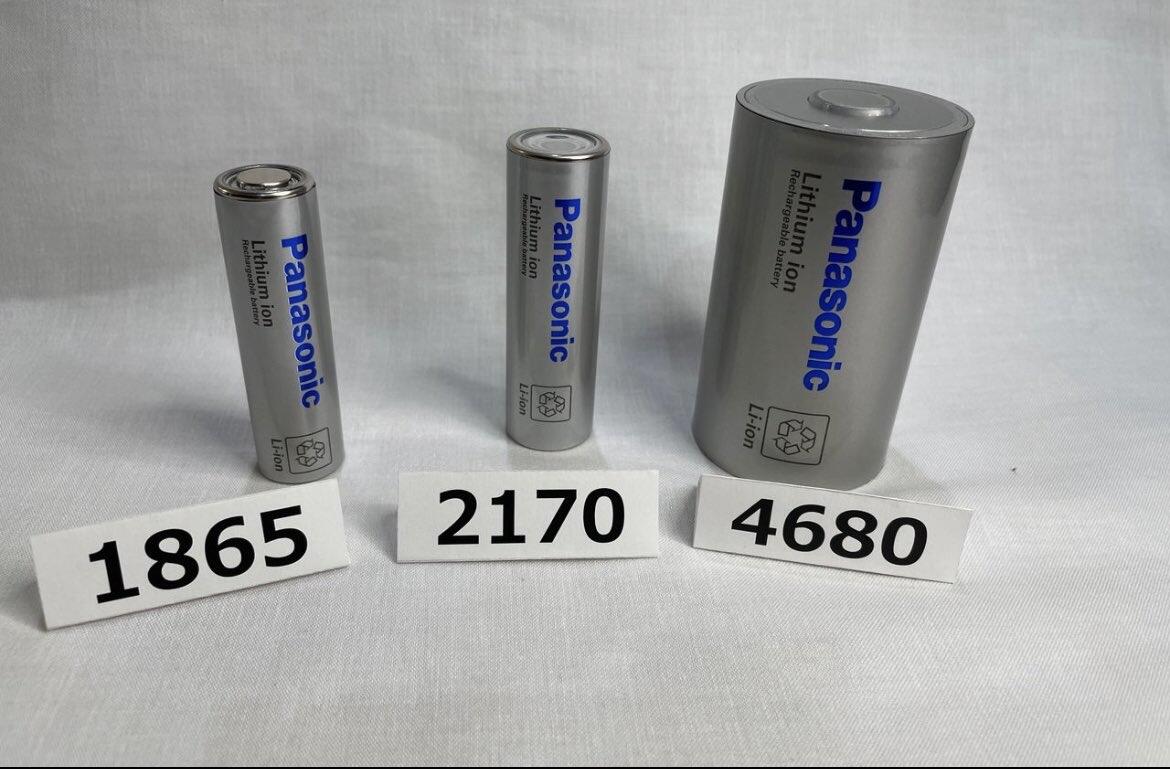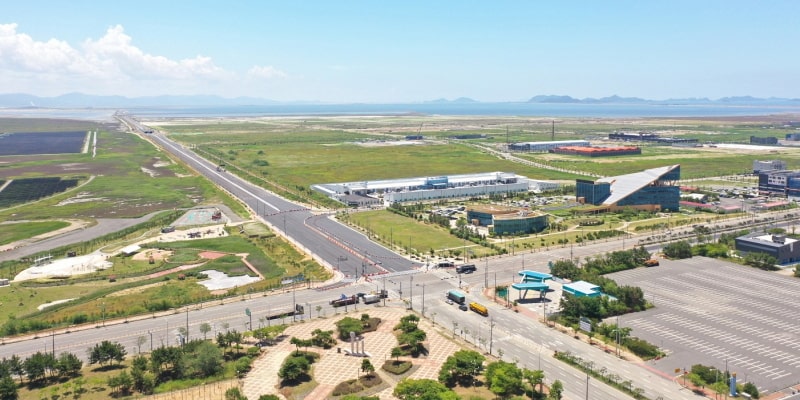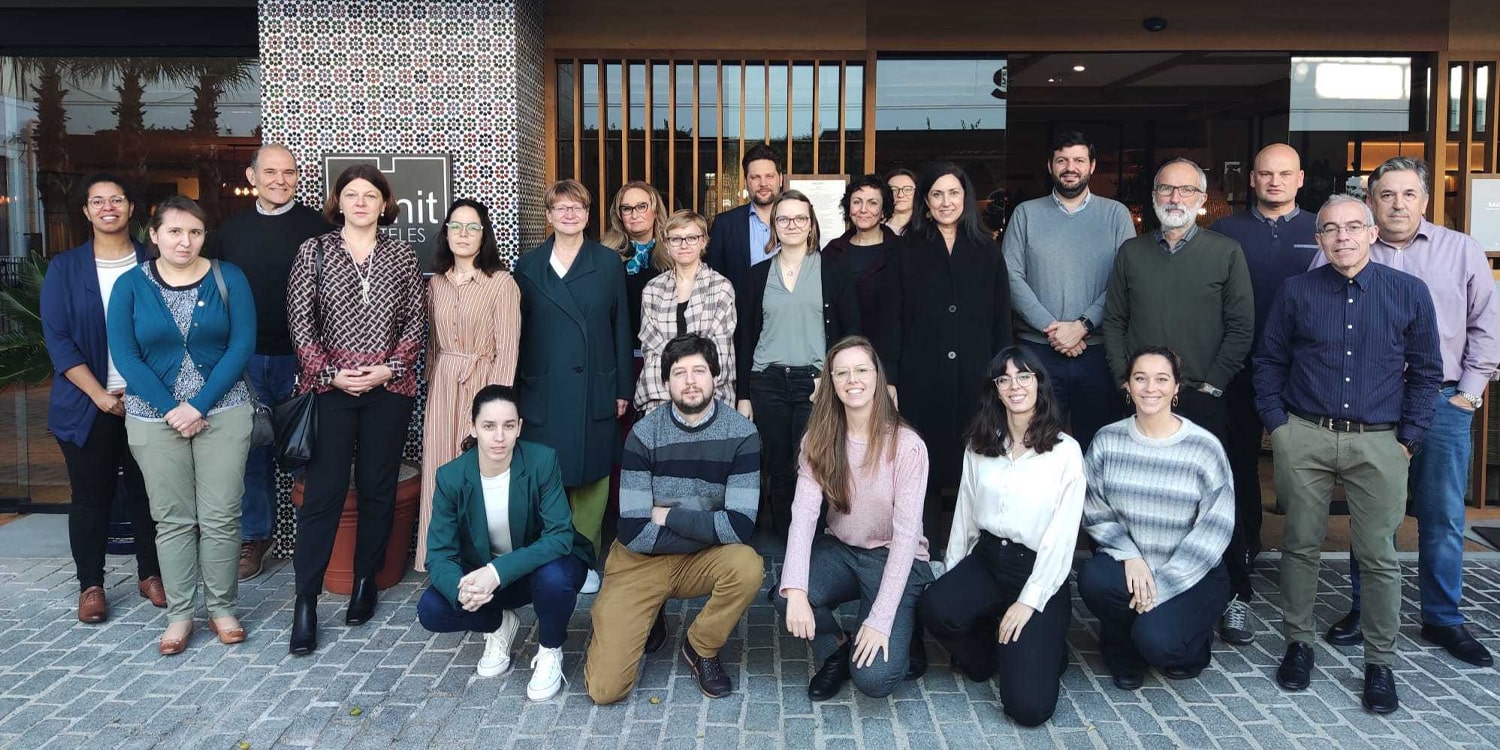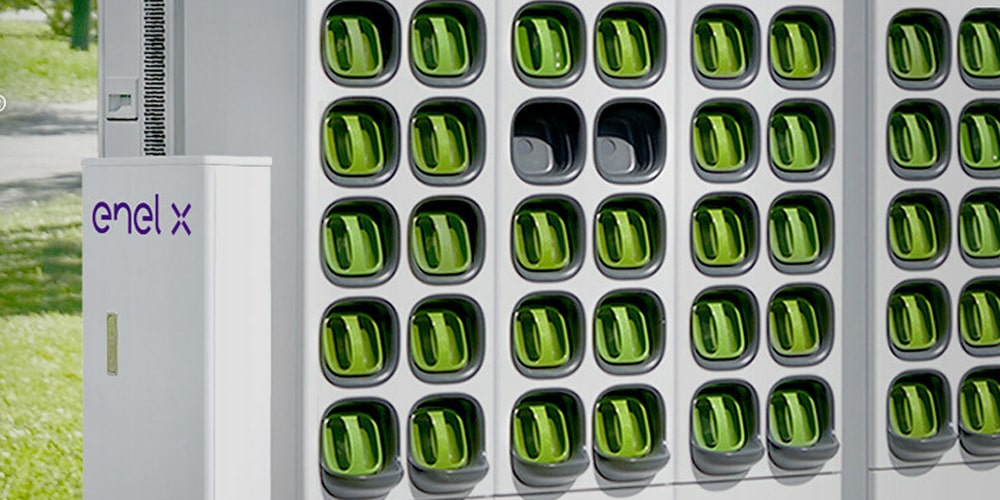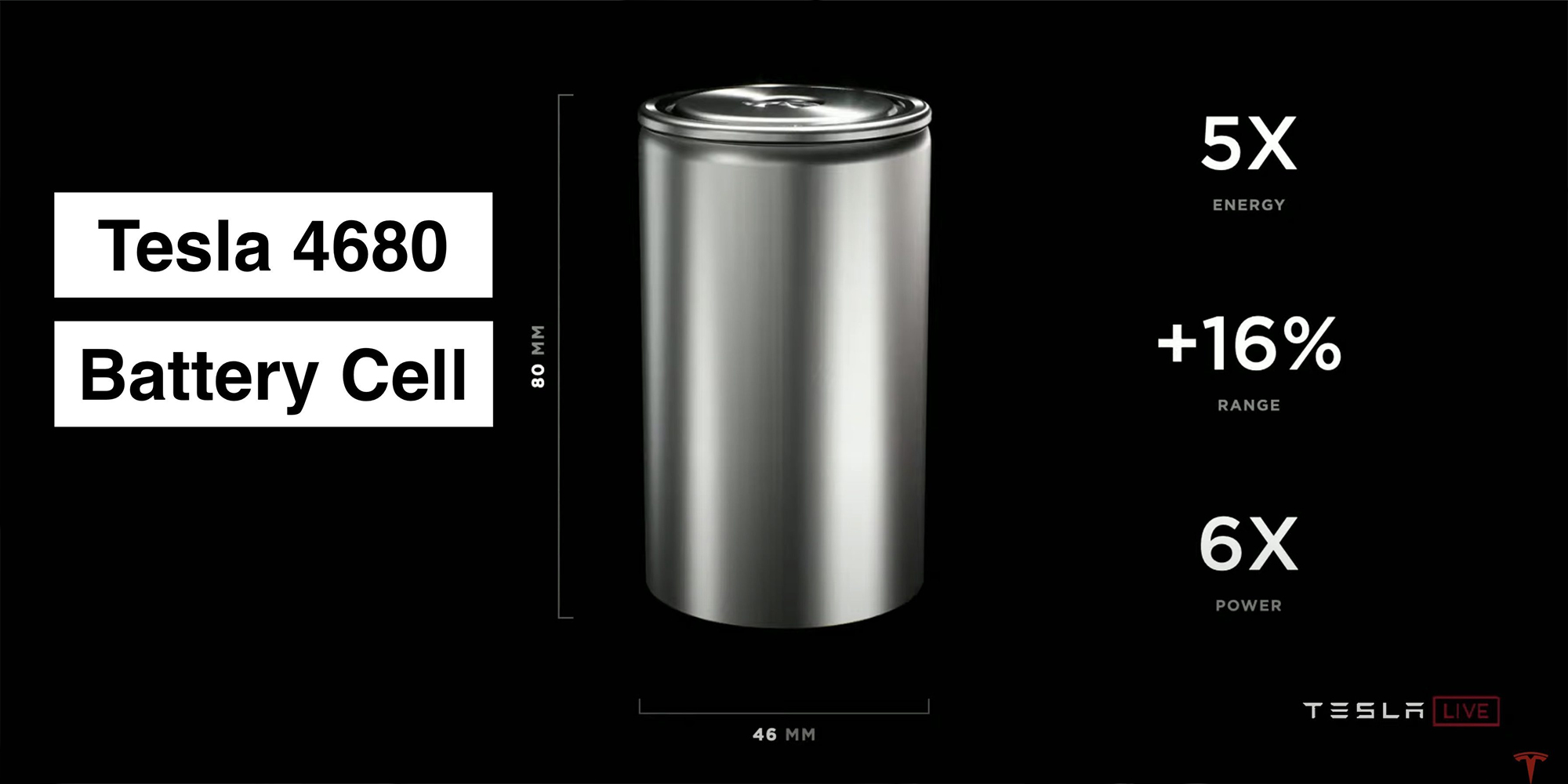China’s CATL, the world’s largest battery manufacturer, has announced the launch of its latest innovation, the Condensed Battery, which is expected to revolutionize the electric vehicle (EV) industry and pave the way for the electrification of aviation. With a single cell having an energy density of up to 500 Wh/kg, the Condensed Battery boasts high safety and high energy density, according to the company’s chief scientist Wu Kai.
The Condensed Battery has a micron-scale adaptive mesh structure that regulates inter-chain interaction forces for changes in the electrochemical reactions of ultra-high energy density chemistries. This technology introduces a series of innovations in isolation films, including a high-energy cathode and a new type of anode, Wu said at the Shanghai auto show.
CATL has been working on a civilian electric aircraft project in collaboration with other companies, implementing aerospace-grade standards to meet safety and quality requirements. Wu confirmed that the Condensed Battery would be used in the electric aircraft project, alongside its application in EVs. Wu also announced that mass production of the Condensed Battery would commence this year.
The energy density of the Condensed Battery is the highest so far seen for any power cell claimed to be able to be mass-produced. Mainstream lithium-ion battery cells have energy densities of just over 200 Wh/kg, and NIO’s semi-solid-state battery, which is expected to be available soon, has an energy density of 360 Wh/kg.
Higher energy density results in greater research and development challenges, making it more expensive to produce. NIO’s 150 kWh pack costs about as much as an ET5 sedan, according to the company’s co-founder and president Qin Lihong.
The introduction of the Condensed Battery is expected to bring faster change to the EV industry and play a crucial role in the electrification of aviation. As the world moves towards cleaner energy and reducing carbon emissions, the Condensed Battery will play a vital role in powering the electric vehicles of the future.

